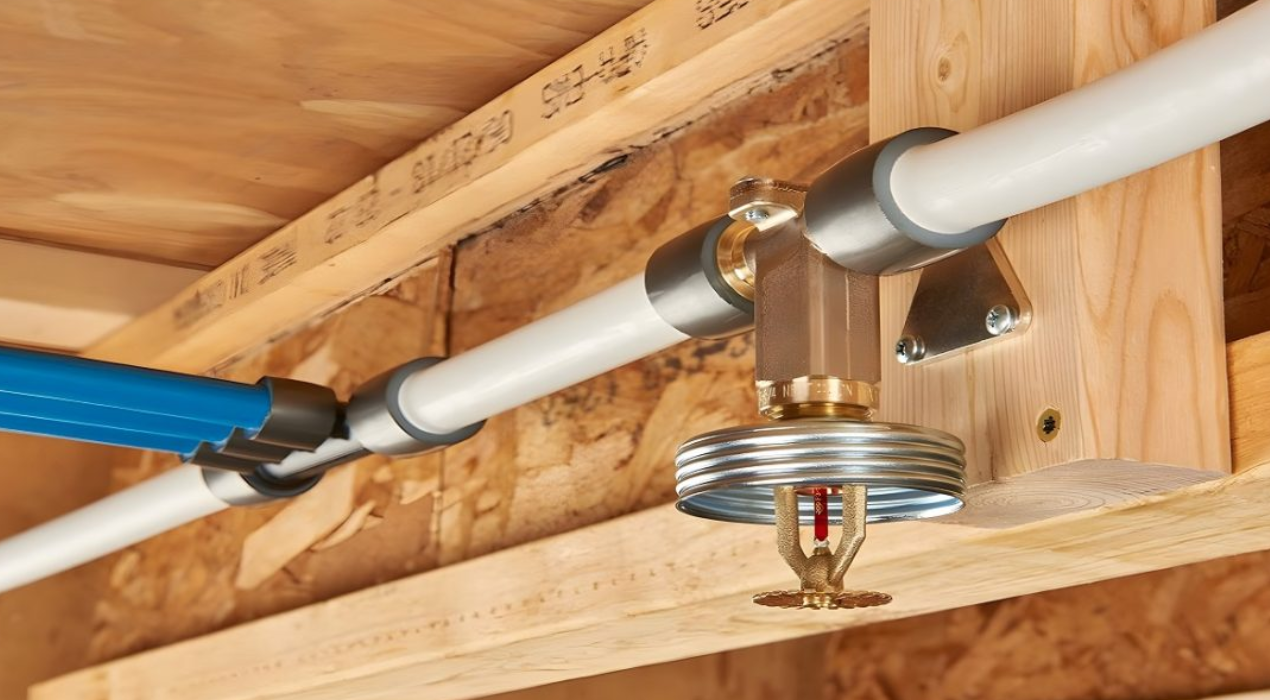The efficiency and effectiveness of the cold forging process heavily depend upon the condition of the equipment used. Normal maintenance of cold forging equipment is crucial to make sure its most reliable overall performance and sturdiness. Right protection enables you from unexpected breakdowns, reduces operational downtime, and extends the lifespan of the equipment. It ensures that the system operates smoothly, preserving the high quality and precision of the solid components.
Similarly, maintaining equipment in top circumstances contributes to common manufacturing performance and fee effectiveness. It enables keeping away from costly repairs and replacements, supports steady product best, and guarantees the secure operation of machinery. To read more about cold forging equipment maintenance, see the details below. By using prioritizing protection, manufacturers can reap dependable, great results even by minimizing disruptions and maximizing productiveness in their cold forging operations.
Best Practices for Maintaining Cold Forging Equipment
Regular Inspection and Cleaning
Normal inspection and cleansing are essential for the performance and toughness of cold forging equipment. Scheduled tests help prevent wear, malfunctions, and protection issues early. Cleaning gets rid of contaminants like metal debris and lubricant residues, stopping overall performance issues. Attention on essential regions, inclusive of the die and work vicinity. Implement a cleansing routine with suitable agents to make sure thorough maintenance and save you high-priced breakdowns.
Lubrication and Fluid Management
Proper lubrication is critical for reducing friction and wear on cold forging equipment. Frequently check and top off lubricant tiers in line with producer recommendations. Different tool additives require specific lubricants. Powerful fluid control, which includes dealing with and disposal, is vital. Maintain a lubrication schedule based totally on working conditions to save you issues and extend gadget lifestyles. Tracking fluid first-rate and tiers facilitates maintaining efficiency and forestalls operational problems.
Die Maintenance and Alignment
Maintaining and aligning dies is essential for generating correct, incredibly cold forged elements. Dies experience significant wear and pressure, so look at and hold them frequently. Look for signs of wear or harm and update or modify as needed. Proper die alignment ensures consistent production and prevents defects. Implement a routine maintenance agenda that consists of die cleansing and alignment tests to assist green and dependable forging operations.
Component Replacement and Repairs
Timely replacement of worn or damaged components is essential for keeping a cold forging system. Additives like hydraulic cylinders and bearings want everyday inspection and set off substitutes based on their situation. Cope with upkeep fast to prevent minor problems from becoming the most important problems. Preserve spare parts available to minimize downtime and ensure efficient repairs. Set up a protocol for figuring out and addressing factor wear and damage to maintain the most fulfilling equipment overall performance.
Operator Training and Safety Protocols
Powerful operator training is prime for correct equipment upkeep and safety. Operators ought to understand device operation, maintenance necessities, and protection protocols. Schooling has to cover equipment dealing with, protection tasks, and emergency techniques. Implement strict safety protocols to shield operators and equipment. Make certain operators wear suitable PPE and observe safety suggestions. Everyday safety drills and refresher guides assist in maintaining a safe operating environment and adherence to fine practices.
Monitoring and Performance Analysis
Regular tracking and overall performance analysis are crucial for figuring out problems before they impact gadget operation. Use tracking structures to measure metrics like temperature and stress. Examine overall performance statistics to detect anomalies or tendencies indicating protection needs. Proactive performance analysis enables optimizing gadget settings and schedules. By reviewing performance metrics frequently, operators could make informed choices, enhancing efficiency and reducing the threat of unexpected system disasters.
Conclusion
Retaining cold forging equipment entails everyday inspections, right lubrication, die maintenance, timely component replacements, operator schooling, and overall performance tracking. Imposing those practices helps ensure equipment longevity, efficiency, and terrific production. Investing in effective maintenance techniques no longer complements equipment performance, but also helps usual operational achievement and protection. Proper upkeep reduces downtime, prevents expensive maintenance, and contributes to a more reliable and efficient manufacturing method.
